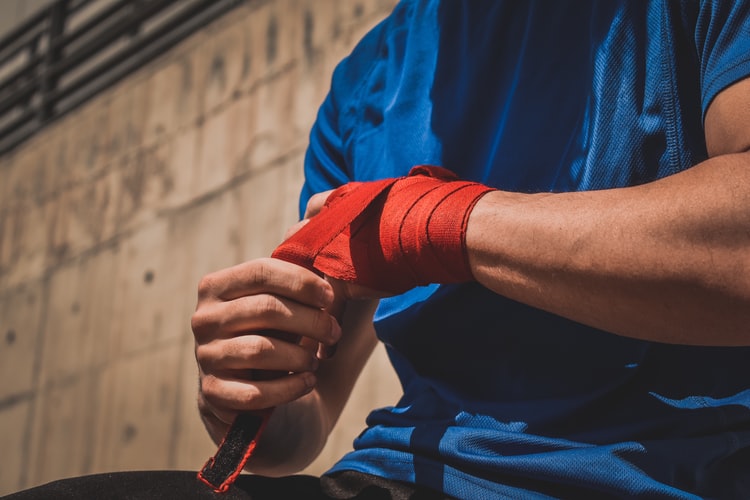Sports therapy is becoming a better and more popular alternative to traditional medicine when dealing with sports-related injuries of athletes. This is because sports therapy is more experienced in treating those types of injuries and it is focused in creating a more personalized treatment for the patient.
According to Dean’s Sports Therapy, sports therapy specializes not only in different kinds of therapy but also on the prevention and rehabilitation of an athlete back to their optimal condition. Those are some of the positive benefits of sports therapy. Even though it has positive effects on the physical state of patients, there are also negative effects that often affect their performance. Here’s more of those:
Positive Effects
1. Better performance
Bouncing back from an old injury could bring new self-confidence to an athlete. If they have been suffering from long-term and recurring pains, sports therapy could give them relief and even lead them to a complete recovery. Without the feeling of pain threatening to worsen at any time, an athlete could perform at full power because they are not held back.
2. Better knowledge on how to take care of self
Sports therapy provides an in-depth discussion of what the problem is and what proper maintenance procedures to follow. Athletes will gain more understanding of how to take care of themselves better and create better meal plan, lifestyle, and exercise.
The overall change will help them boost their performance because they keep their bodies and mind in the best shape. Knowing their history and current status will make them more conscious in their day to day activity and choices.

Negative Effects
1. Anxiousness to perform
Athletes, who have a history of therapy, have the tendency to be anxious when they are performing. The fear that their action could trigger and worsen their injury could cause them to perform at half best. Even coaches become hesitant to let a newly-recovered athlete play for long periods of time. They are often more watched out for by their fans and critics and more targeted by opponents.
2. Lower tolerance to pain
If an athlete develops a lower tolerance to pain, they might easily bail out of game once they feel anything wrong. It can distract them and make them lose their momentum and just think about the growing pain they are feeling. Lower tolerance also means that they might find themselves going for longer rehabilitation and treatment or higher doses of medicine. This could be taking them away from important practices and preparation for better games and performances.
Although there are definite negative effects to an athlete’s performance, one cannot undermine the importance of sports therapy in the treatment of an injury and the overall physical wellness of an athlete.
It is easier to get over the negative aspects once the body is healed completely once and for all because there is a chance given to the athlete to rebuild himself again. It could take awhile but once they are back to their old selves, athletes will be able to forget the anxiousness and the pain they have once felt.





